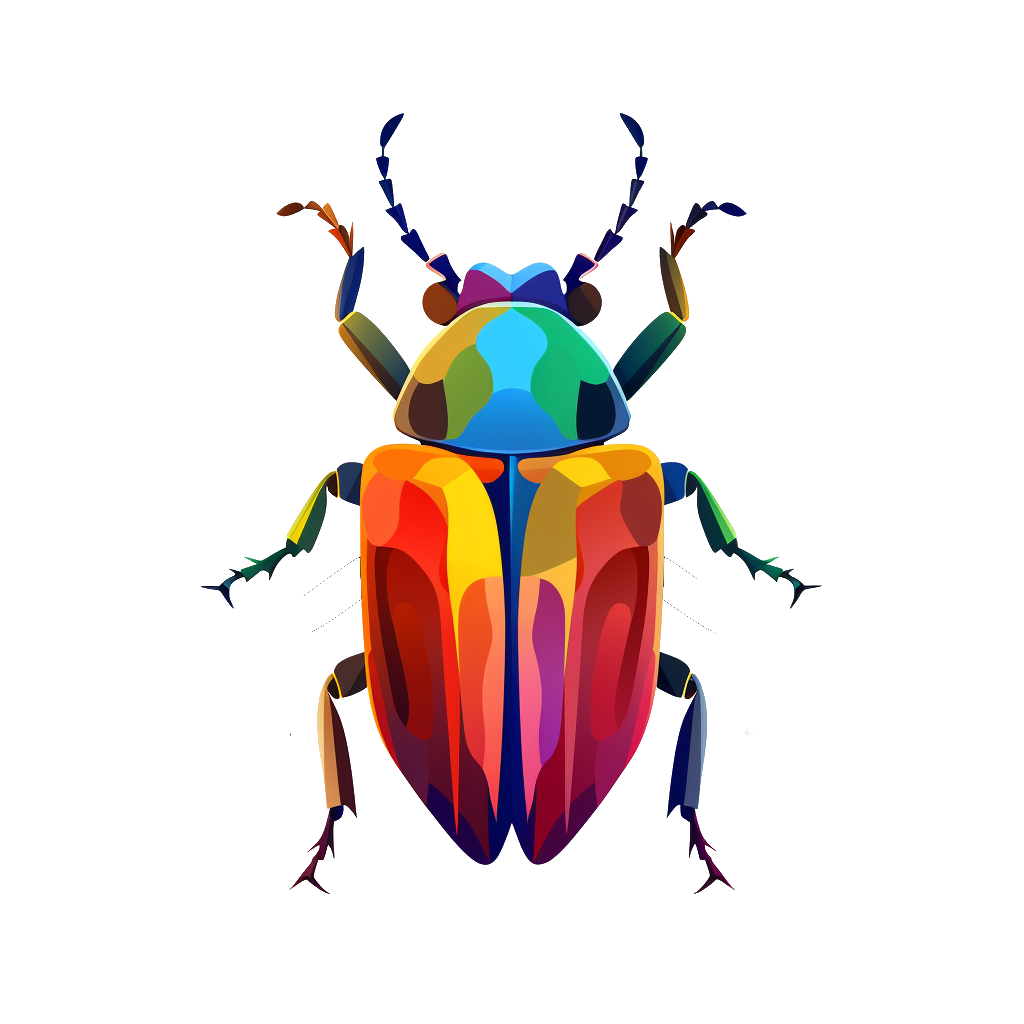- cross-posted to:
- awwnverts
- cross-posted to:
- awwnverts
Hi! Sorry, very new at the whole “bugs” thing, and I’m still learning. I spotted this the other day (not sure of the stink bug species, possibly Nezara viridula), promptly spent hours watching macro timelapses of stink bugs hatching, going from gooey babies to hard shelled nymphs…
Now to the question which has been bugging me: is there such a thing as “too late to hatch”? Can they “harden” inside the egg and just die there (maybe in the blackened eggs)?
Thanks!
Edit:
I found another nest of the same species and took it home. So: have a top view of the hatched eggs and some first instar nymphs while I’m at it!



Thanks! Your answer is already a big help, and pretty instructive!
Unfortunately, I have no boxes for collection ( yet ), or I’d have done a kidnapping. Hopefully I’ll find the plant again, or at least a similar bundle.
Ive done heaps of parasitoid wasp rearing and my container of choice is actually just a humble ziplock sandwich bag! Put in your leaf material with the critter you’d like to try to develop, add a paper towel (if you’ve collected quite dry plant material like eucalpytus leaves or similar, make the towel damp to add humidity, whereas if you’ve collected very ‘juicy’ plant material like very green weeds or grass, the towel should be dry to absorb humidity), blow into it to partially inflate, seal it up and keep it somewhere warm and dry and out of the sun and check it regularly until something hatches! For egg parasitoids, you are looking for something extremely tiny flitting around the top of the bag where there is the most light. You might see them emerging in just a few days after you take the sample, or it might take more than a month (and fear not if the plant material starts to look pretty moldy and sad, I’ve had parasitoid wasps emerge from leaf samples that had gone completely moldy and I had nearly written them off!). Charlie Eismanns blog is also great for tips on rearing out insects. He focuses on ones that live inside leaves (called leafminers), but the principles hold pretty true for other types of insects as well (i used the same techniques for aphids for ex).
Thank you so much! Those are fantastic tips, I’m saving them. Hopefully, I can find another bundle of eggs and try them out soon, although I haven’t seen too many stink bugs mating lately. The height of the season seemed to be early to mid-August (with Graphosoma lineatum orgies galore). The plants they favored have wilted or are starting to, however. I’ll have to look around :D
(Can I take a moment to consider how quickly I went from ‘taking macro pictures of bugs’ to ‘I’m gonna be raising them now’, because I only got back into photography like late July and now I think stink bugs eating caterpillars are worth sitting in the mud for half an hour for. I plan to make butterfly lures with rotten banana and cat poop. I find argiopes cute now.)
Thank you so much for the ziplock bag tip, finally one non-expensive piece of gear, BTW.
Since my endgame is to be able to get ‘clearish’ pictures, I had planned to get cheap glass jewelry boxes and make them into mini-terrariums, with whatever I collect around my bug-spotting area as ‘decor’. The idea was to only collect invasive species (like asian ladybugs or brown marmorated stink bugs). Apparently I’ll be doing stink bug eggs and their wasps, too!
Little question about disposal, while I have you: for invasive species, can I just freeze them to kill them, then drop them back outside? Thanks ♥
Oh yeah feel you with the slow creep from casual photography to full on ‘must collect and raise everybody i find!!!’ Next you will find yourself wasting hours each morning staring obsessively at your bug eggs to catch the exact moment the baby wasps start chewing their way out hahaha, and you will regret nothing :) I’ve been pretty into little plastic containers you get for glitter/makeup powder for on the go collections lately, as you can get a pretty good photo through the flat topped lids (my set up is a microscope with a mount on the eyepiece for my cell phone camera). But I love the idea of the larger glass box so you can create more of a backdrop and get shots with your macro camera! Definitely share some photos here of your set up as you work it out!
For the invasive ones, yeah best to put the whole bag in the freezer after you get your shots, but then id just toss the whole ziplock bag, leaving it sealed, into the bin rather than toss the contents back outside, just to be safe. That’s how I disposed of all my samples when I used to do big survey loops, rearing on the go, and didn’t want to spread things around.
Define “slow creep”, because my experience has been “Wednesday, get into photography again. Saturday, buy a Canon R7 and a macro lens.”. Which is roughly the spending timeline of that time I got into bird photography and splurged on telescopic lenses. Hyperfixations are fun! (And educational!)
The plastic containers are genius. I’ll bookmark that!
Ahaha…okay let’s call it “exponential escalation” instead 😅 have you played with iNaturalist at all? That was my next step in the bug collecting, photographing and identification obsession chain haha
Not iNaturalist, but observations.be, where I’ve been playing real life Pokemon for a month or so now. For the most part, I found myself a nice overgrown spot between a parking lot and train tracks, and I’m documenting everything I find there.